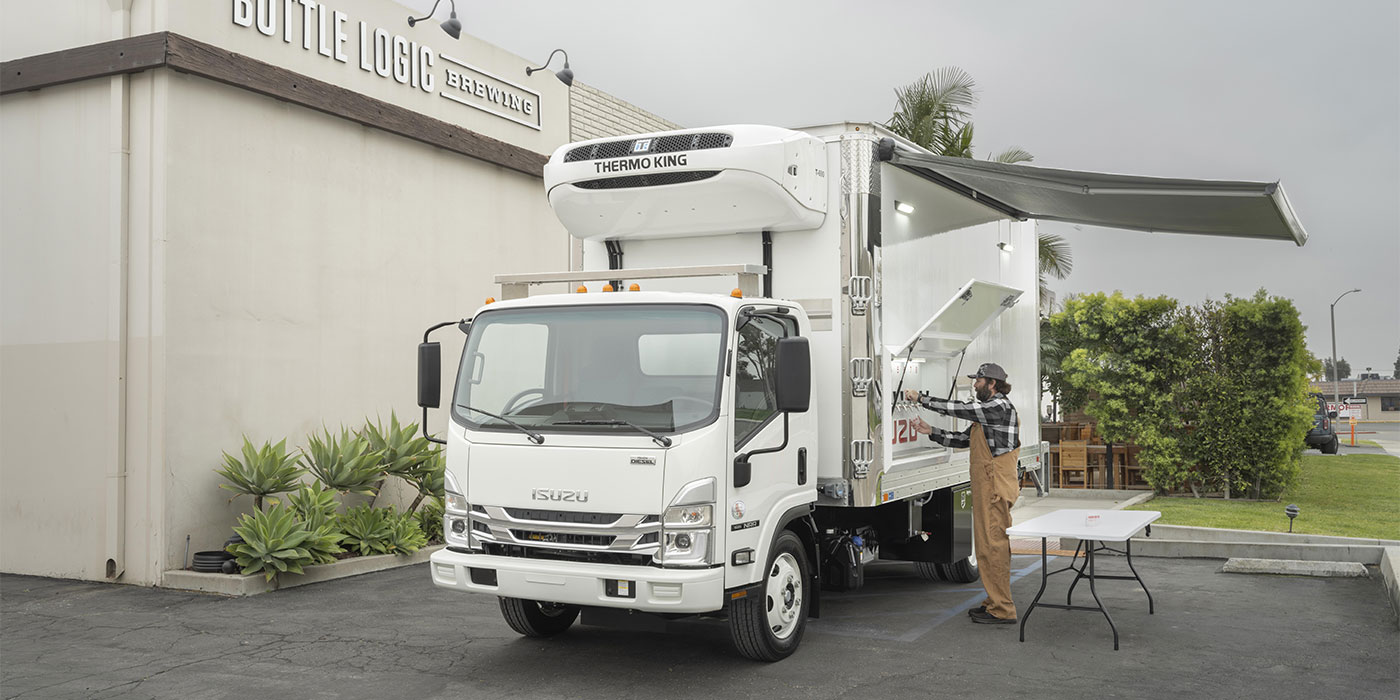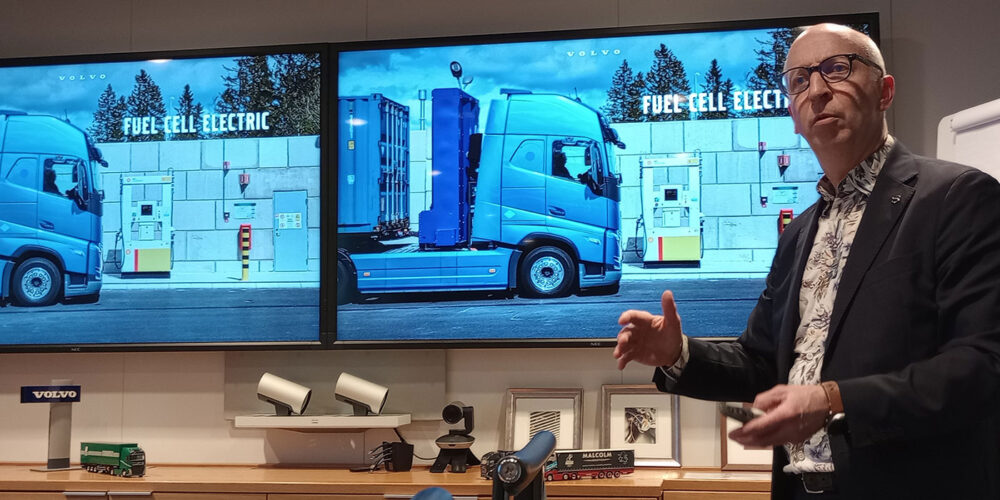At the recent Technology and Maintenance Council (TMC) meeting, the beliefs and long-offered advice of the most experienced tire engineers were confirmed and documented—specifically that maintaining proper tire inflation consistently saves fuel.
Chris Flanigan, of the Federal Motor Carrier Safety Administration, delivered the final report of a government-sponsored field study involving two major fleets operating their normal routes and loads over approximately one and a half years. A number of different commercially-available pressure monitoring systems were included. One of the fleets ran all tankers, while the second ran refrigerated trailers, including some single and double units. The test trucks were compared to a group of control trucks of the same make and model that were used in the same service conditions. Due to the test duration, both summer and winter data were included. Both fleets were assessed to have above average maintenance programs, including tires. The results of improved fuel economy could be considered conservative. Experienced industry veterans were included in the fleet selection, shop installations, data gathering and analysis. The bottom line is that this is a credible study.
Both fleets experienced a fuel economy improvement of 1.4% for the tire pressure management systems (TPMS)-fitted trucks. While this alone should encourage most fleets to study near-term fitments of these devices, other benefits became obvious. TPMS-equipped trucks experienced fewer road calls, since the systems alerted drivers to early warnings of air leaks, usually allowing the vehicle to return to a terminal for service (nail hole punctures have long been documented as the major cause of slow air loss). A corollary benefit is that casings were saved from run flat damage. Mechanics, managers and drivers developed confidence in the systems over the test period and, especially in the tanker fleet, requested management to equip their entire fleet with TPMS.
As with many new technologies, there were some hiccups, which fleets should be aware of when considering TPMS. First, there are different technologies currently available. Some are mature and proven in the marketplace, while others may still have a few bugs to be addressed. One of the tractor systems evolved through several “upgrades” during the early portion of the tests. The end result was an improved system that quickly gained driver confidence to the point that the dash display was used as a routine part of daily pre-trip checks.
Another issue is that many of the systems employ electronics that require a 12-volt power source. On tractors, it is advisable to consult the vehicle manufacturer to locate the most reliable take-off point so that other systems are not affected and the new circuit is properly fused. Generally, most of these installations recommend wiring along the right side cab floor, up the lower C-pillar to the main fuse box. When transponders/receivers are needed (such as for wireless/multiple trailer applications), to ensure strong signal strength, these devices must be mounted away from other electronic fields, such as rotating drive shafts, speedometer sensors, etc. A clear line of sight path is preferred.
For trailers, the ABS wiring harness is often the best 12-volt power source, but be certain to consult with the trailer or ABS system supplier. In some cases, the ABS supplier has special corrosion-resistant jumper harnesses available specifically for this purpose to ensure that braking control functions are not compromised. One of the most important considerations in TPMS selection is to recognize that different vehicle configurations—married vs. drop and hook operations, single vs. multiple trailers, and even normal vs. cold or otherwise extreme climates—play a role. Certain systems can be tailored to individual applications. Also, automatic tire inflation systems (ATIS vs. TPMS) are generally preferred for trailer-only applications.
Amid all of the high tech equipment installations and data gathering of this evaluation, a sobering discovery was made. In Technicians’ comparisons of the accuracy of manual inflation checks vs. TPMS readings, it was found that manual tire checks were normally made by mechanics, each of whom had personal tire gauges kept in a safe spot in their tool boxes—one of them was out of calibration by more than 12 PSI, and there was no functioning master gauge in the shop. Lesson learned—basics should never be ignored, even as modern TPMS technology comes of age.













